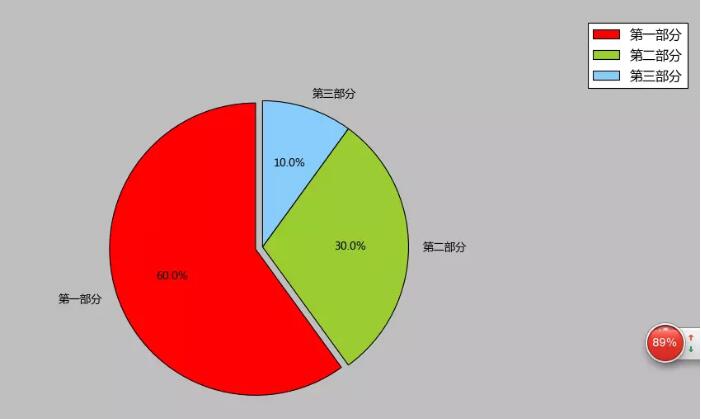详解Python中的array数组模块相关使用
初始化
array实例化可以提供一个参数来描述允许那种数据类型,还可以有一个初始的数据序列存储在数组中。
import array
import binascii
s = 'This is the array.'
a = array.array('c', s)
print 'As string:', s
print 'As array :', a
print 'As hex :', binascii.hexlify(a)
数组配置为包含一个字节序列,用一个简单的字符串初始化。
>>> ================================ RESTART ================================
>>>
As string: This is the array.
As array : array('c', 'This is the array.')
As hex : 54686973206973207468652061727261792e
处理数组
类似于其他python序列,可以采用同样方式扩展和处理array。
import array
import pprint
a = array.array('i', xrange(3))
print 'Initial :', a
a.extend(xrange(3))
print 'Extended:', a
print 'slice: :', a[2:5]
print 'Itetator:'
print list(enumerate(a))
支持的操作包括分片,迭代以及向末尾增加元素。
>>> ================================ RESTART ================================
>>>
Initial : array('i', [0, 1, 2])
Extended: array('i', [0, 1, 2, 0, 1, 2])
slice: : array('i', [2, 0, 1])
Itetator:
[(0, 0), (1, 1), (2, 2), (3, 0), (4, 1), (5, 2)]
数组和文件
可以使用高效读/写文件的专用内置方法将数组的内容写入文件或从文件读取数组。
import array
import binascii
import tempfile
a = array.array('i', xrange(5))
print 'A1: ',a
output = tempfile.NamedTemporaryFile()
a.tofile(output.file)
output.flush
with open(output.name, 'rb') as input:
raw_input = input.read()
print 'Raw Contents:', binascii.hexlify(raw_data)
input.seek(0)
a2 = array.array('i')
a2.fromfile(input, len(a))
print 'A2: ', a2
候选字节顺序
如果数组中的数据没有采用固有的字节顺序,或者在发送到一个采用不同字节顺序的系统前需要交换顺序,可以在python转换整个数组而无须迭代处理每个元素。
import array
import binascii
def to_hex(a):
chars_per_item = a.itemsize * 2
hex_version = binascii.hexlify(a)
num_chunks = len(hex_version) / chars_per_item
for i in xrange(num_chunks):
start = i * chars_per_item
end = start + chars_per_item
yield hex_version[start:end]
a1 = array.array('i', xrange(5))
a2 = array.array('i', xrange(5))
a2.byteswap()
fmt = '%10s %10s %10s %10s'
print fmt % ('A1_hex', 'A1', 'A2_hex', 'A2')
print fmt % (('-' * 10,) * 4)
for value in zip(to_hex(a1), a1, to_hex(a2), a2):
print fmt % value
byteswap()会交换C数组中元素的字节顺序,比在python中循环处理数据高效的多。
>>> ================================ RESTART ================================ >>> A1_hex A1 A2_hex A2 ---------- ---------- ---------- ---------- 00000000 0 00000000 0 01000000 1 00000001 16777216 02000000 2 00000002 33554432 03000000 3 00000003 50331648 04000000 4 00000004 67108864

